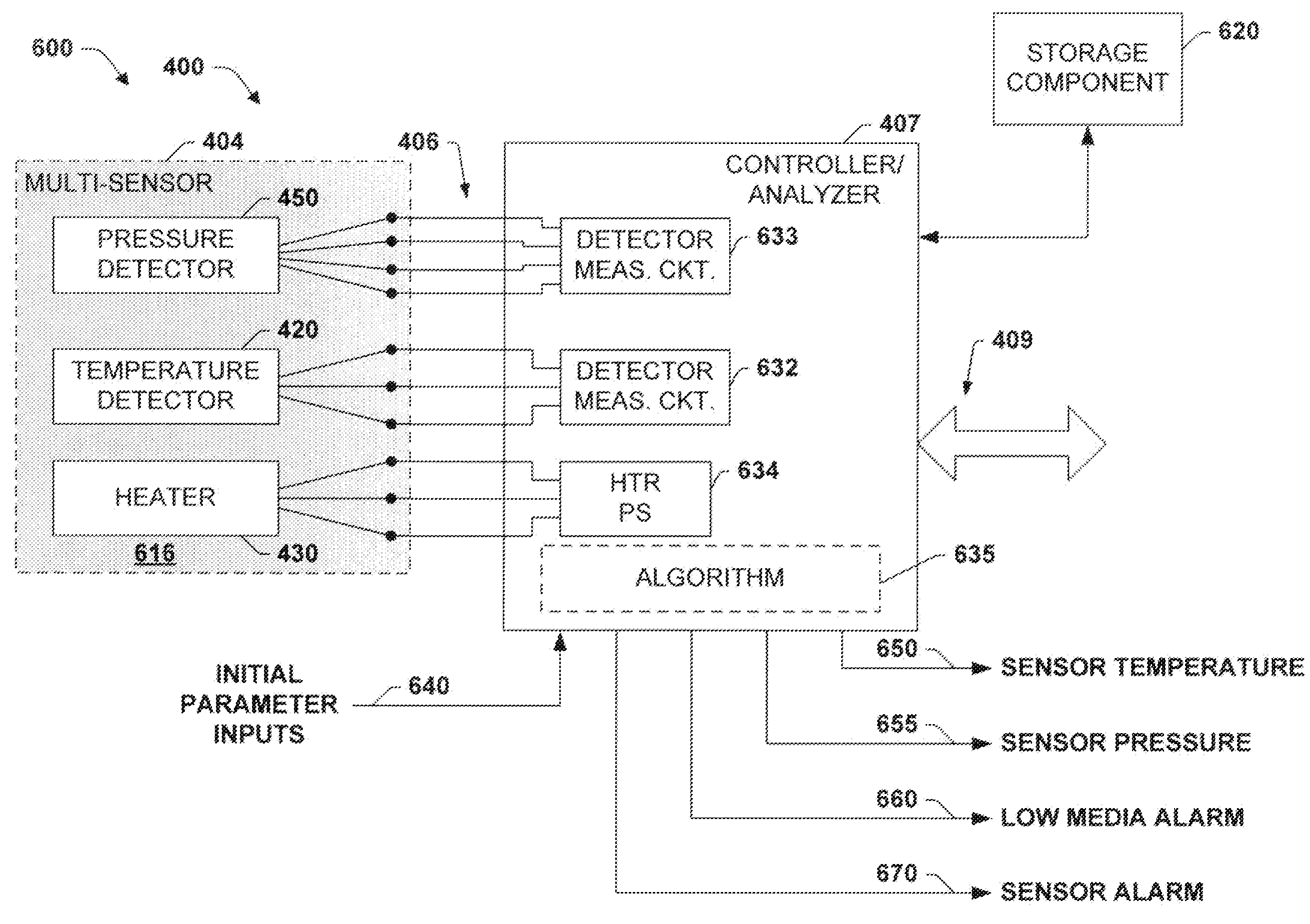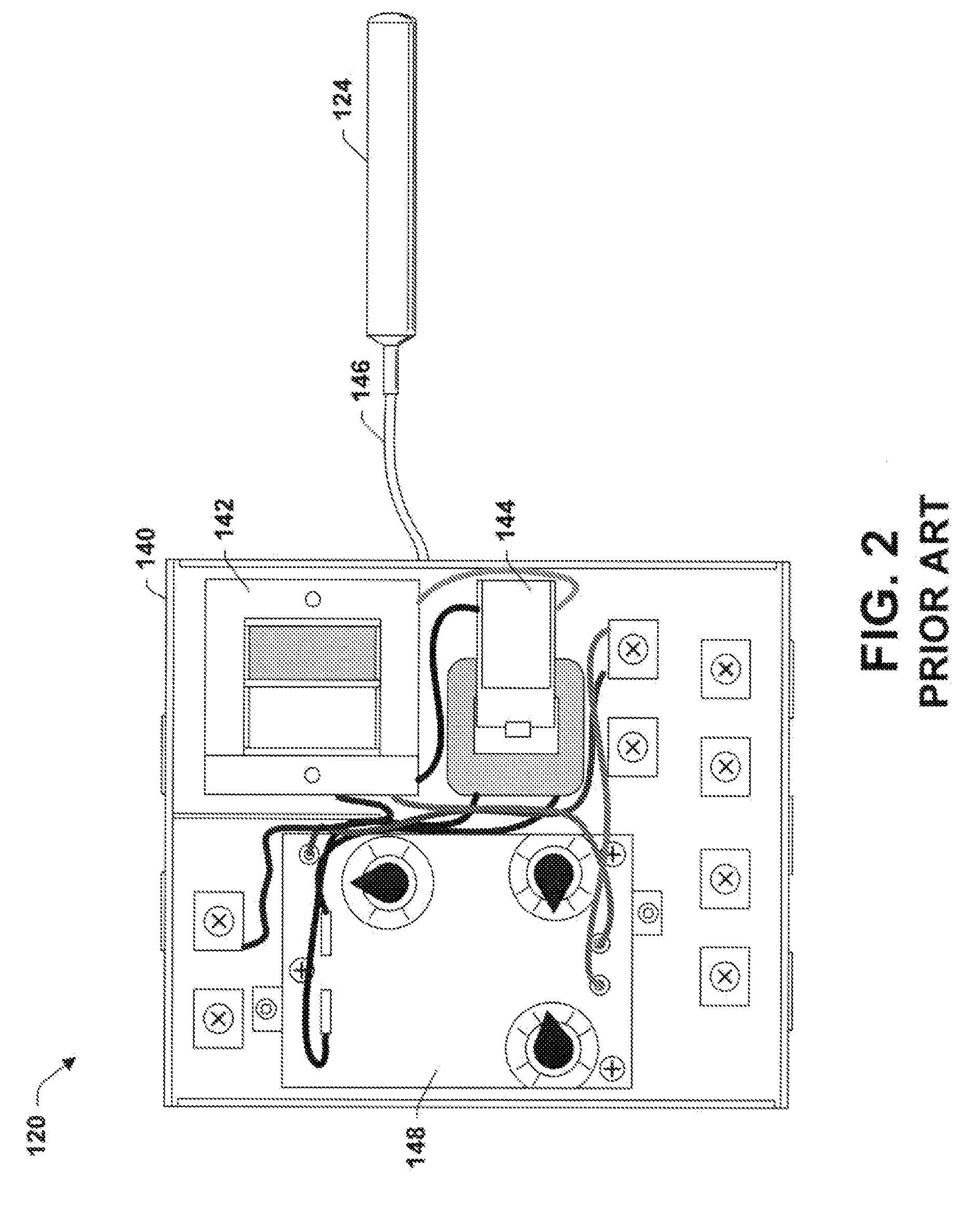Integrated multi-sensor component
a multi-sensor and component technology, applied in the field of sensors, can solve the problems of reducing the probability that the heating control system recognizes an incorrect, the proper functionality of the additional sensors is not known with any greater confidence, and the thermocouple degrades over time, so as to achieve the effect of adding accuracy
- Summary
- Abstract
- Description
- Claims
- Application Information
AI Technical Summary
Benefits of technology
Problems solved by technology
Method used
Image
Examples
Embodiment Construction
[0045]The present invention will now be described with reference to the attached drawings, wherein like reference numerals are used to refer to like elements throughout. The invention relates to a fail-safe multi-sensor component and method for detecting a temperature, pressure and the presence of an object or a medium within a heating, ventilating, and air-conditioning (HVAC) system or another such system in a fail-safe manner. The fail-safe sensor of the present invention incorporates the functions of a heater a temperature detector and pressure detector within a single sensor housing. In one aspect of the invention, the fail-safe sensor of the present invention comprises a heater such as a resistive heating element that is operable to heat the multi-sensor component to an expected temperature as measured by the temperature detector, for example, when supplied with power.
[0046]In one implementation, the temperature detector of the multi-sensor component comprises one or more of an...
PUM
| Property | Measurement | Unit |
|---|---|---|
| temperature | aaaaa | aaaaa |
| temperature | aaaaa | aaaaa |
| temperature | aaaaa | aaaaa |
Abstract
Description
Claims
Application Information
 Login to View More
Login to View More - R&D
- Intellectual Property
- Life Sciences
- Materials
- Tech Scout
- Unparalleled Data Quality
- Higher Quality Content
- 60% Fewer Hallucinations
Browse by: Latest US Patents, China's latest patents, Technical Efficacy Thesaurus, Application Domain, Technology Topic, Popular Technical Reports.
© 2025 PatSnap. All rights reserved.Legal|Privacy policy|Modern Slavery Act Transparency Statement|Sitemap|About US| Contact US: help@patsnap.com



